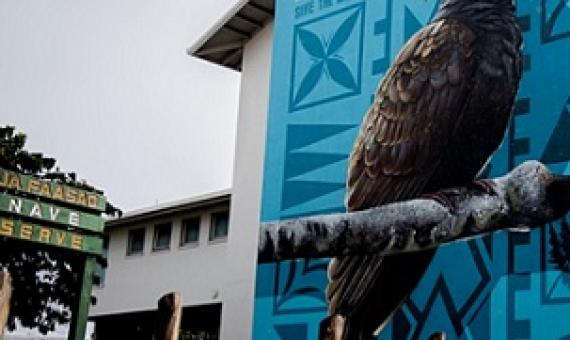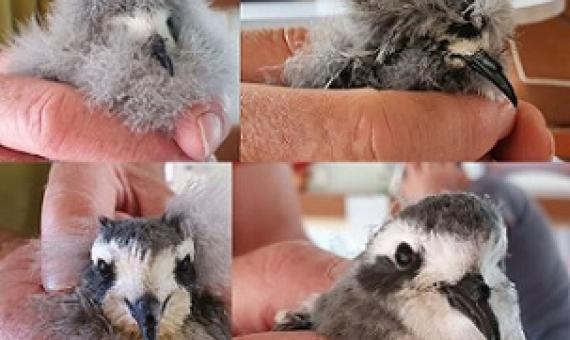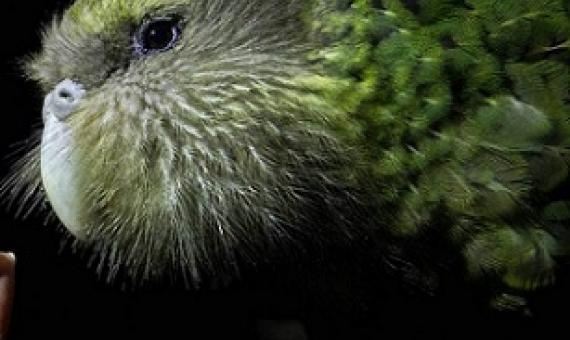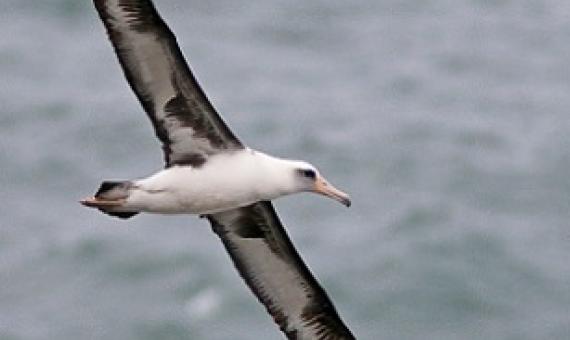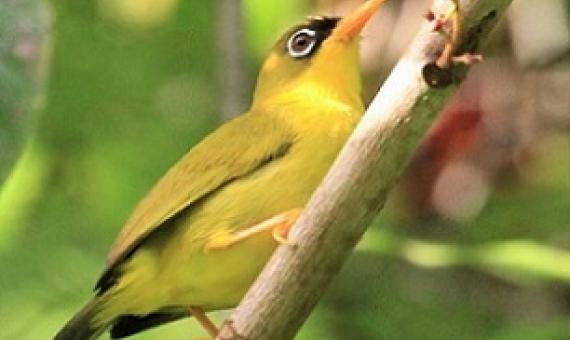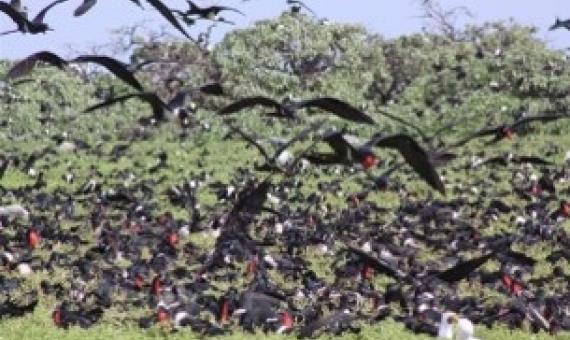The forests of Hawaii island are the historical home of the Hawaiian crow, also known as the alala.
Six kiwi have been released onto the Kaitake range in Te Papakura o Taranaki / Egmont National Park today where the call of our national bird has been absent for decades.
“Conservation of the Manumea” Project aims to save Samoa’s national bird which is on the verge of extinction.
‘Bringing back the seabirds’ is the rallying call for conservationists working to restore Wellington’s Mana Island. The latest seabird to be brought back to Mana Island is one of New Zealand’s smallest – the white-faced storm petrel.
The Center for Biological Diversity is suing the federal government amid the nonprofit group’s efforts to protect Hawaii’s iiwi, one of 17 forest bird species native to the islands that’s facing extinction. The lawsuit, filed Wednesday in U.S.
The need for a new home for New Zealand’s critically endangered kākāpō is growing ever more important as the species nears a near breeding season.
Wisdom the albatross, who has survived tsunamis, outlived most of her mates, and raised over 40 chicks, is pushing the boundaries of what we thought birds could do...Scientists already know a lot about Wisdom.
Winged messenger-The decline of birds
Declining bird populations signal disturbing global changes.
Almost 1,200 speciesabout 12 percent of the world's
9800 bird speciesmay face extinction within the next cen-
tury. Although many face multiple threats and some bird
extinctions seem imminent, many can be avoided by a deep
commitment to bird conservation as part of a sustainable
development strategy.full text available on ecopy "FL" fieldCall Number: VF 6519,VF 3581,[EL]ISBN/ISSN: 1-878071-68-8
Enviromental advocator and outspoken Malaita man from Ontong Java Lawrence Makili has raised concerns about the need to preserve Gizo white-Eye...scientifically known as the Zosterops Iuteirostris only found on Gizo islands in Western province...Mr.
If animals were free to breed and roam without the impedance of human manipulations—from our urban developments to our agricultural fields—the face of the Earth would look very different...In an article published in Ecological Indicators, the authors suggest understanding a species’



